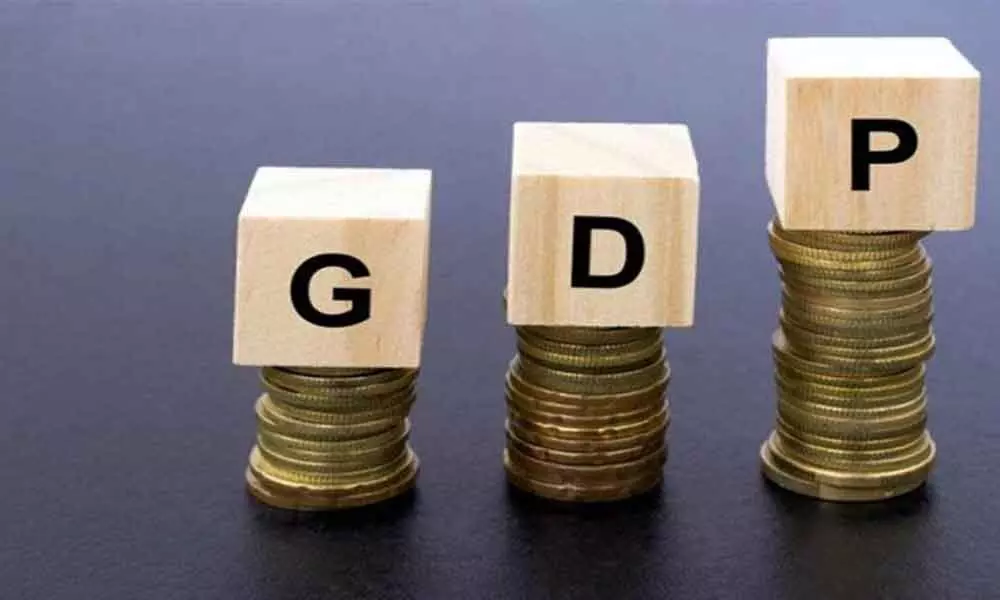Despite Omicron scare, GDP growth may cross 9.5% in FY22
If all goes well, the real GDP may grow by 9.5 per cent in the current fiscal akin to the RBI estimate. This growth is likely to be driven by services, of which public spending will be the major growth contributor, as the private consumption is estimated to be still three per cent below pre-Covid levels.
image for illustrative purpose

If all goes well, the real GDP may grow by 9.5 per cent in the current fiscal akin to the RBI estimate. This growth is likely to be driven by services, of which public spending will be the major growth contributor, as the private consumption is estimated to be still three per cent below pre-Covid levels.
Growth will likely return in positive territory in the ongoing quarter. The NSO usually does the advance estimate of GDP one month ahead of the Union Budget in order to help the government evaluate the growth outlook and tax buoyancy for budgetary purposes.
Of course, the projected GDP growth number is a little bigger from the advance estimate at 9.2 per cent as made by the government agency, National Statistical Organisation (NSO). It can be concluded by the fact that the overall GDP growth at present is one per cent more than the pre-pandemic level.
The reason for projecting aspirational GDP growth was not far behind to seek. Almost all sectors except 'trade, hotels, transport, communication & services related to broadcasting' (which are still eight per cent below the pre-pandemic level) reached the pre-pandemic level (on constant prices).
Secondly, nominal GDP growth is at a whopping 17.6 per cent. This is the second highest nominal growth achieved with 19.9 per cent nominal growth registered in 2010-11 and 17.1 per cent growth in 2006-07.
Taking into account the revised GDP figures, even if we consider the additional spending announced by the Government in early December fiscal deficit of the Government still comes at Rs15.88 lakh crore or 6.8 per cent of the GDP. Analysts believe that for FY23, the fiscal consolidation should remain limited to 30-40 bps from the current fiscal.
Coming on Omicron, the cases of which are on the rise, studies reveal that the current Omicron variant is less severe than its predecessor, Delta variant. True, the number of new cases has doubled to 2.5 crore over past couple of months, the number of deaths remained constant. To be precise, merely 2200 more deaths occurred in December from October.
Going forward, a SBI study says that even if the rising infections could impact mobility, yet economic activity is not expected to get affected much.
Compared to the pre-Covid performance of FY20, the advance estimates project an anaemic rise of 1.3 and 1.9 per cent, respectively, for GDP and GVA in the current fiscal. Most conspicuous amongst the disaggregated data, as per Icra, is the weak performance of private final consumption expenditure and trade, hotel, transport, communication etc., which are pegged to trail their FY20 levels by 2.9 per cent and a considerable 8.5 per cent, respectively, underscoring the lingering impact of Covid-19 on the Indian economy. Much will depend on the NSO's forthcoming revised data of annual national accounts of the last three years by the month-end, which could change the base for current fiscal's estimates.

